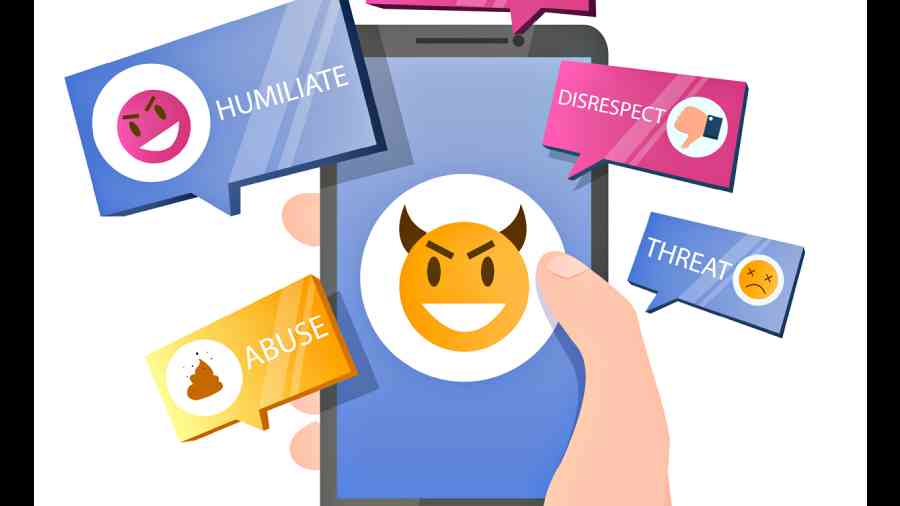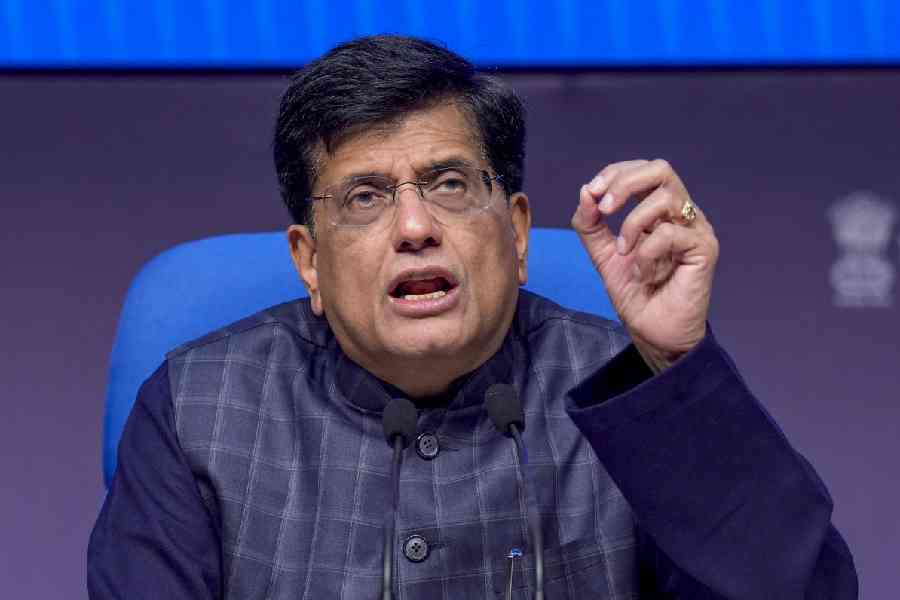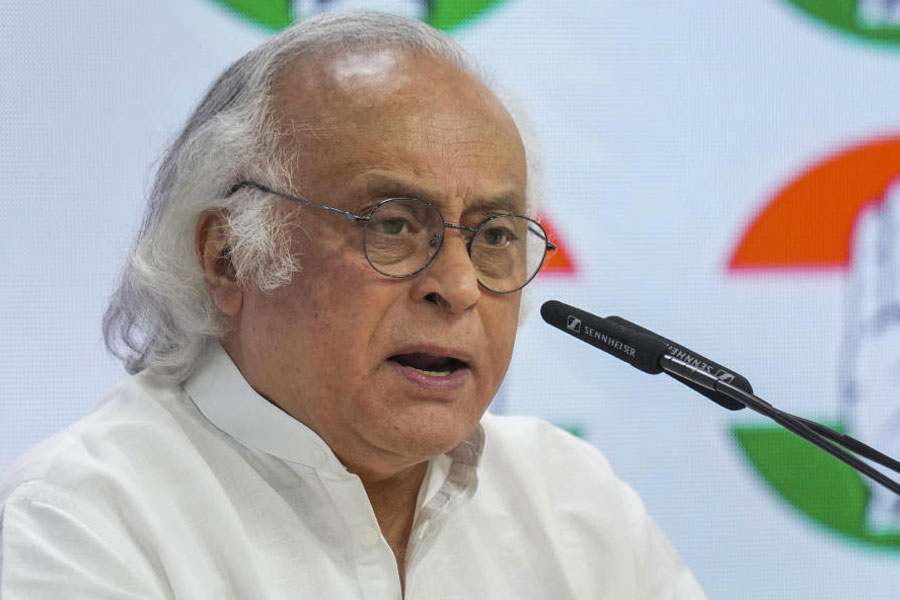The word, ‘troll’, is one of the most commonly used expressions on social media. We constantly refer to someone as a troll or are accused of being one ourselves. Its etymology points to characters from Scandinavian folklore who are said to be ugly, annoying, mischievous creatures with magical powers. They seem to be averse to human beings, stealing from and attacking them. The current connotation also probably includes in its meaning trolling as used in the context of fishing: a moving, baited line. Combine these with another word, trawl, and voila! we arrive at the trolling trawler of the internet: the troll.
Who is this troll? More often than not, the troll is an unknown person; someone we are unable to Google and find any information about. They are often anonymous, have peculiar pseudonyms, and their profile pictures can range from sport stars, gods, hymns, quotations of the famous, landscape, flat colours and fantasy creatures. Their words are harsh, abusive, vulgar and personal. They are triggered by something a certain person has said or done. The latter is usually someone with a fair social standing. The troll’s objective is not to engage with the issue but to inflict psychological and emotional trauma, which they do effectively. There is never a singular troll; they always work in groups. The first opens the door and others follow behind and incessantly target the individual. The trolls may or may not be paid for this under-the-table job, but they do it with great efficiency. Like with everything else in our society, the ones who bear the brunt of their assault are women, Dalits, the sexually fluid, and trans-people.
The expert trolls are not just proficient at abuse. They follow people constantly, never letting go of their fishing line, comment on every post, and know exactly how to get you to fall into their well-laid net. They will push the right buttons, instigate and, soon, our vulnerability is exposed. Once that emotional shift happens, we have fallen into their trap. Not only do we respond but we also begin using their language. After a point, we may not know who is trolling whom. Like the troll collective, an anti-troll collective gathers around us and the battle rages. We are constantly on the phone, watching each exchange, responding with lightning speed to every jibe, liking and laughing at the ugly repartees that our colleagues dish out. All private conversations revolve around this event, WhatsApp messages of solidarity fill our minds, and sleep is lost. The trolls have, indeed, won.
While we do not fall for the same trolls’ line every time, I have often wondered why we respond to trolls. In intellectual discourse, the virtual world is described as a separate entity; the real being the physical. Though we have come to recognise the intimate connection and the osmosis between the two, a mental wedge still exists, at least in comprehension. In reality though, the real and the virtual are inter-changeable terms. The virtual and the real live within each other and it is impossible to speak of one without referencing the other. The virtual breathes the same air as the real and the real articulates the virtual. Who we are is the same; it is the language that changes. Therefore, when we are attacked on Twitter or on Facebook by a faceless entity, it hurts as much as it would if someone yelled at us face-to-face.
Then there are the onlookers! Social media platforms are like a street filled with innumerable people. Imagine being abused, teased and shouted at in public by a growing crowd. It is atomizing. Online abuse is no different. It leaves us reduced, scared, and we spend hours re-reading the abuses. Therefore, to trivialise it as being just a few words typed on a keyboard by a distant person is entirely wrong. Since the virtual and the physical are the same, we can never be sure when an online threat will manifest into an attack on a street. There are enough examples of this from our recent past.
But let us go back to the troll. Most of us see trolls as the foot soldiers of bigger powers; the puppeteers who control these minions. But the control here operates differently. The operators are not giving instructions on an everyday basis. Their job is to create the intellectual edifice for their violent thoughts and consistently build narratives that enhance and enlarge its presence. The ‘intellectuals’ do not need to say, ‘go, attack so and so,’ ‘use these expletives’ or ‘vulgarise them’. The trolls know what to do because the ‘enemies’ have been pointed out and their vulnerabilities and reasons for their decimation explained. Trolls, then, are on autopilot. They get up every morning knowing what to do and improvise as they move along. They learn from their network, using each other’s strategies. On social media platforms, twisted and manipulated videos, infographics and WhatsApp forwards do the job of providing the fodder to further hate. The ultimate powers do not create these; that job is executed by another set of people at a lower position. Those at the top just need to ensure that they continue to construct misinformation and fake news that can be made into virtual products to be disseminated. Trolls learn from them and that converts into their abhorrent and cussed behavior.
The troll is at the lowest rung of the social media hierarchy. The rowdy with whom we do not want any relationship. The hate-product creators, usually a step above, are often hidden from the public. At times though, they too get caught in the vortex. But the father figures stand tall even when the s**t hits the ceiling. The controllers share hateful tweets, lies, and manipulated videos, but do not lose credibility. The troll is the irrelevant nobody who does not deserve to exist. Keeping the troll uneducated and bitter is essential for those sitting on the higher tables. The privileged, well-spoken, powered abuser is the insulated man. At the most, we accuse him of behaving ‘like trolls’. We will never call him out for who he is: a troll. Worse, we share stage at literature festivals, media conclaves and on television channels and debate matters of society, culture and politics with him.
There is no way to keep away from social media because it is also a real conversation. Hence, trolls are always going to be around waiting for the right moment to pounce and destroy us. Therefore, we have to ask ourselves: how do we retain our sanity and yet converse? When we have a conversation with people we do not know, we judge its extent, intensity and proceed accordingly. The same applies here. We need to evolve a mechanism to disengage. Crucial in all this are the people around us, those who are compassionate and critical, so that we do not run way from real discussions and call every sharp voice a troll.
But beyond these safeguards, we must call out the big daddies of trolling who sit on top of the pyramid and conduct this hostile orchestra. They are the real violators of social ethics; the fountainheads of the troll factory.
T.M. Krishna is a leading Indian musician and a prominent public intellectual










